Which of the following velocity-time graphs does not represent motion in one dimension?




The correct Answer is:B
To determine which velocity-time graph does not represent motion in one dimension, we need to analyze the characteristics of each graph provided in the options. Here’s a step-by-step solution:
Step 1: Understand the concept of velocity-time graphs
Velocity-time graphs plot the velocity of an object against time. In one-dimensional motion, an object can only have one velocity at any given time. If a graph shows two different velocities at the same time, it cannot represent one-dimensional motion.
Step 2: Analyze each graph
- Graph A: Check if the graph shows a single velocity value at each time point. If it does, it represents one-dimensional motion.
- Graph B: Look for any instance where the graph indicates two different velocities at the same time. If this occurs, it does not represent one-dimensional motion.
- Graph C: Similar to Graph A, check if there is only one velocity value at each time point.
- Graph D: Again, ensure that there is only one velocity value at each time point.
Step 3: Identify the incorrect graph
Upon analyzing the graphs:
- If Graph B shows two velocities at the same time (for example, if it has two lines intersecting at the same time point), then it does not represent one-dimensional motion.
Conclusion
The graph that does not represent motion in one dimension is Graph B because it indicates two velocities at the same time, which is not possible in one-dimensional motion.
---
Velocity-time graphs plot the velocity of an object against time. In one-dimensional motion, an object can only have one velocity at any given time. If a graph shows two different velocities at the same time, it cannot represent one-dimensional motion.
- Graph A: Check if the graph shows a single velocity value at each time point. If it does, it represents one-dimensional motion.
- Graph B: Look for any instance where the graph indicates two different velocities at the same time. If this occurs, it does not represent one-dimensional motion.
- Graph C: Similar to Graph A, check if there is only one velocity value at each time point.
- Graph D: Again, ensure that there is only one velocity value at each time point.
Upon analyzing the graphs:
- If Graph B shows two velocities at the same time (for example, if it has two lines intersecting at the same time point), then it does not represent one-dimensional motion.
The graph that does not represent motion in one dimension is Graph B because it indicates two velocities at the same time, which is not possible in one-dimensional motion.
Topper's Solved these Questions
- MOTIONBook:MCGROW HILL PUBLICATIONChapter:MOTIONExercise:HIGHER ORDER THINKING QUESTIONS
Explore 48 Videos
- MISCELLANEOUS QUESTIONSBook:MCGROW HILL PUBLICATIONChapter:MISCELLANEOUS QUESTIONSExercise:PART-B
Explore 99 Videos
- REFLECTION OF LIGHT Book:MCGROW HILL PUBLICATIONChapter:REFLECTION OF LIGHT Exercise:HIGHER ORDER THINKING QUESTIONS
Explore 10 Videos
Similar Questions
Knowledge Check
Which of the following velocity-time graphs (v−tgraph) represent uniform motion
A B
B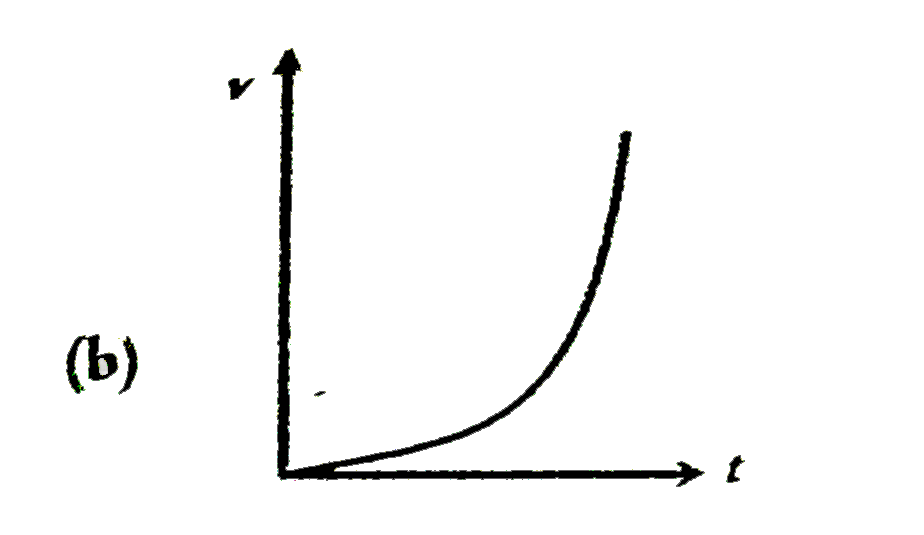 C
C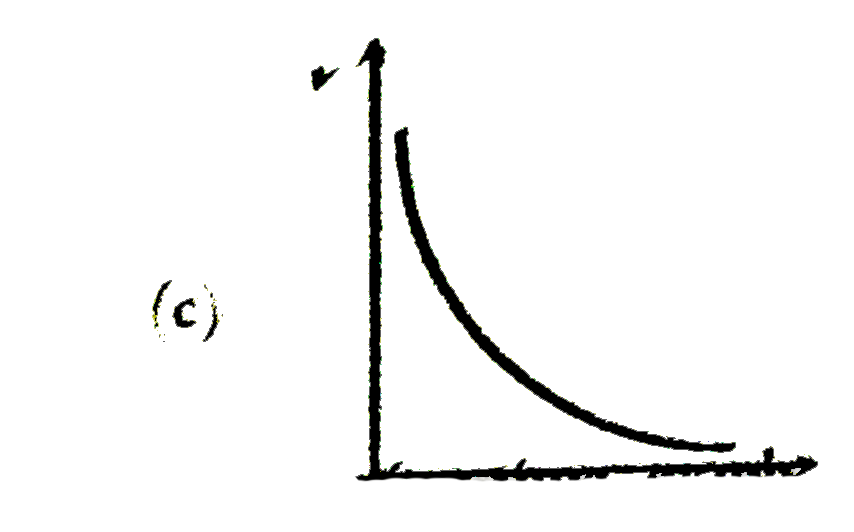 D
D
Which of the following x-t graphs does not represent periodic motion?
A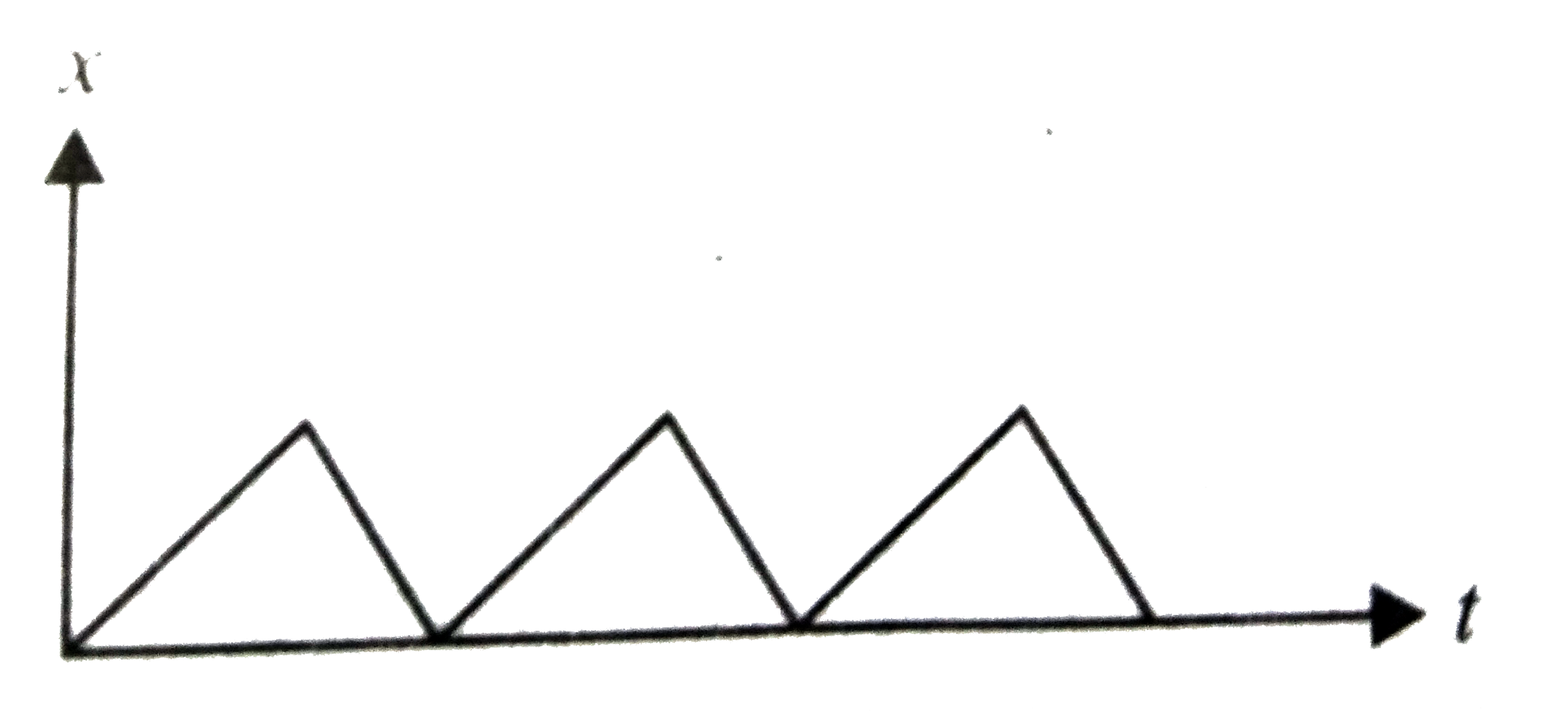 B
B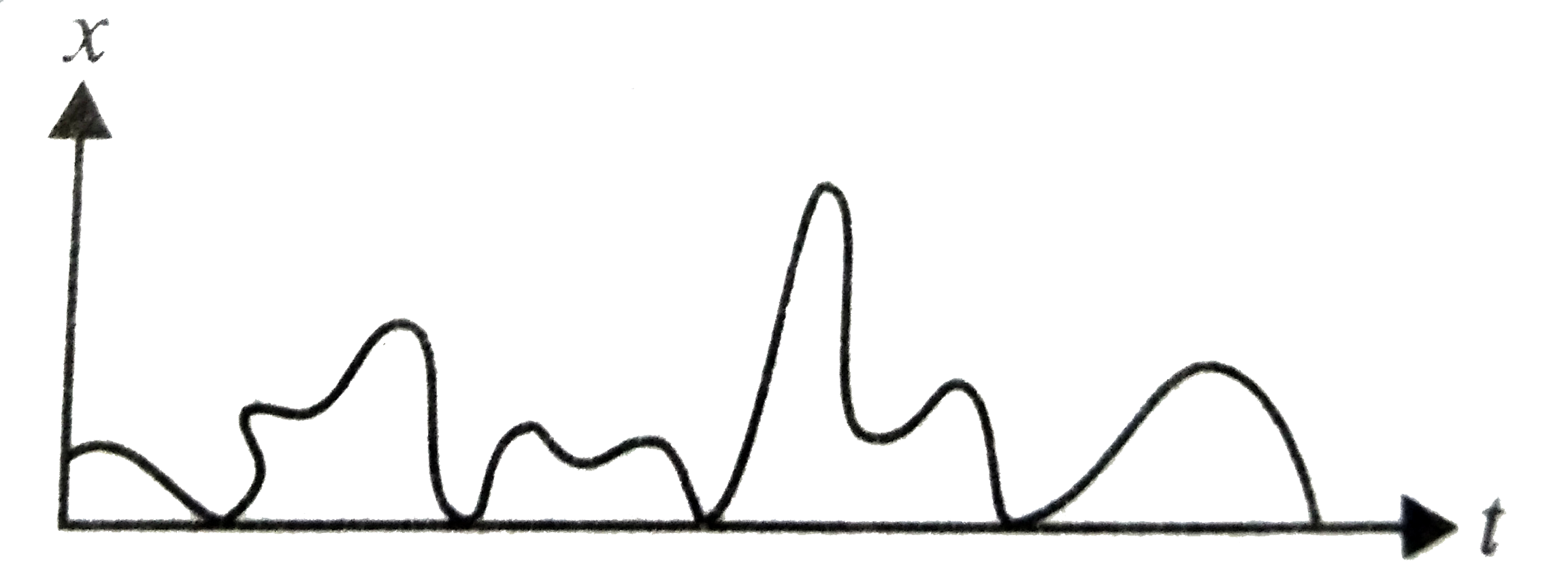 C
C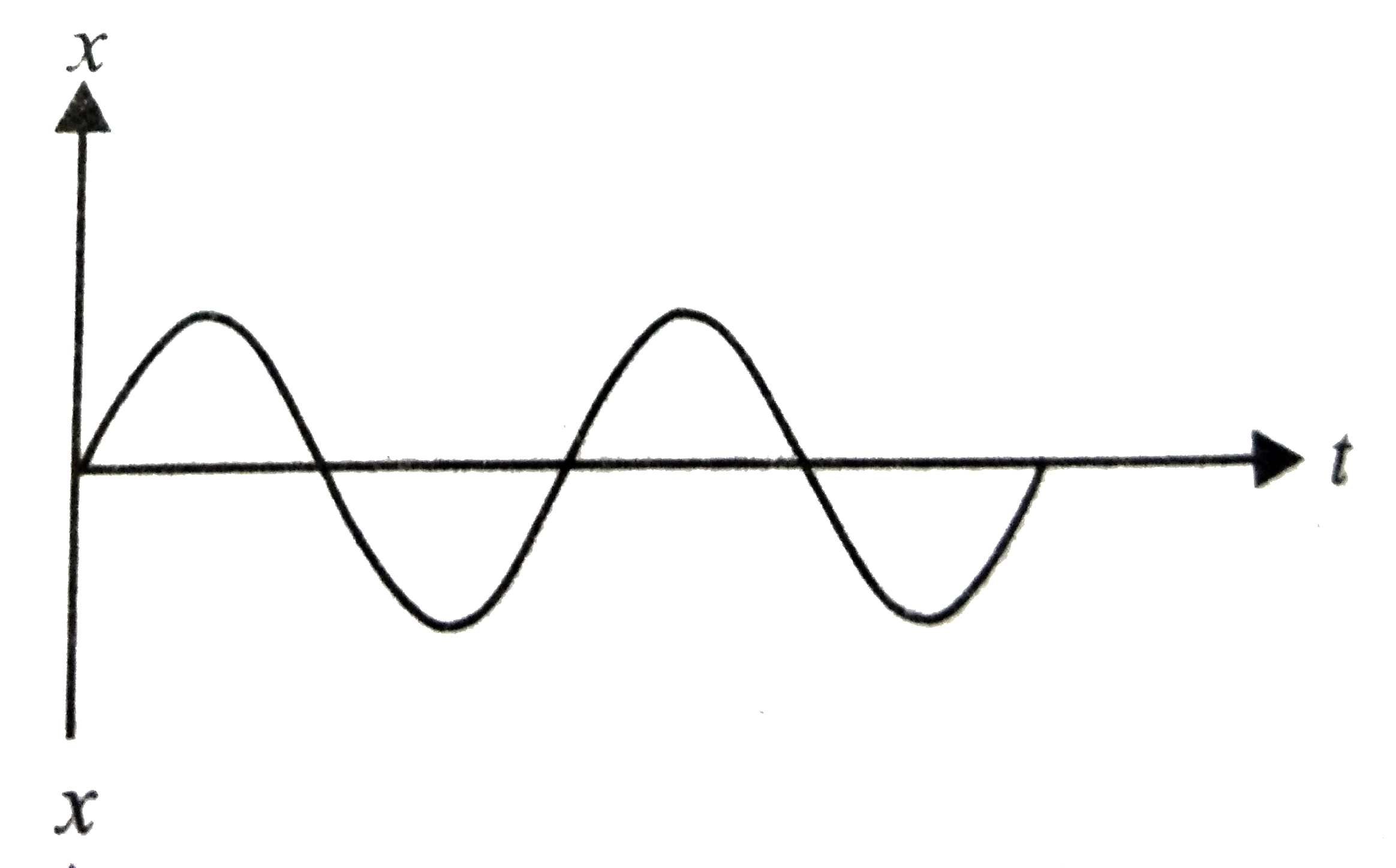 D
D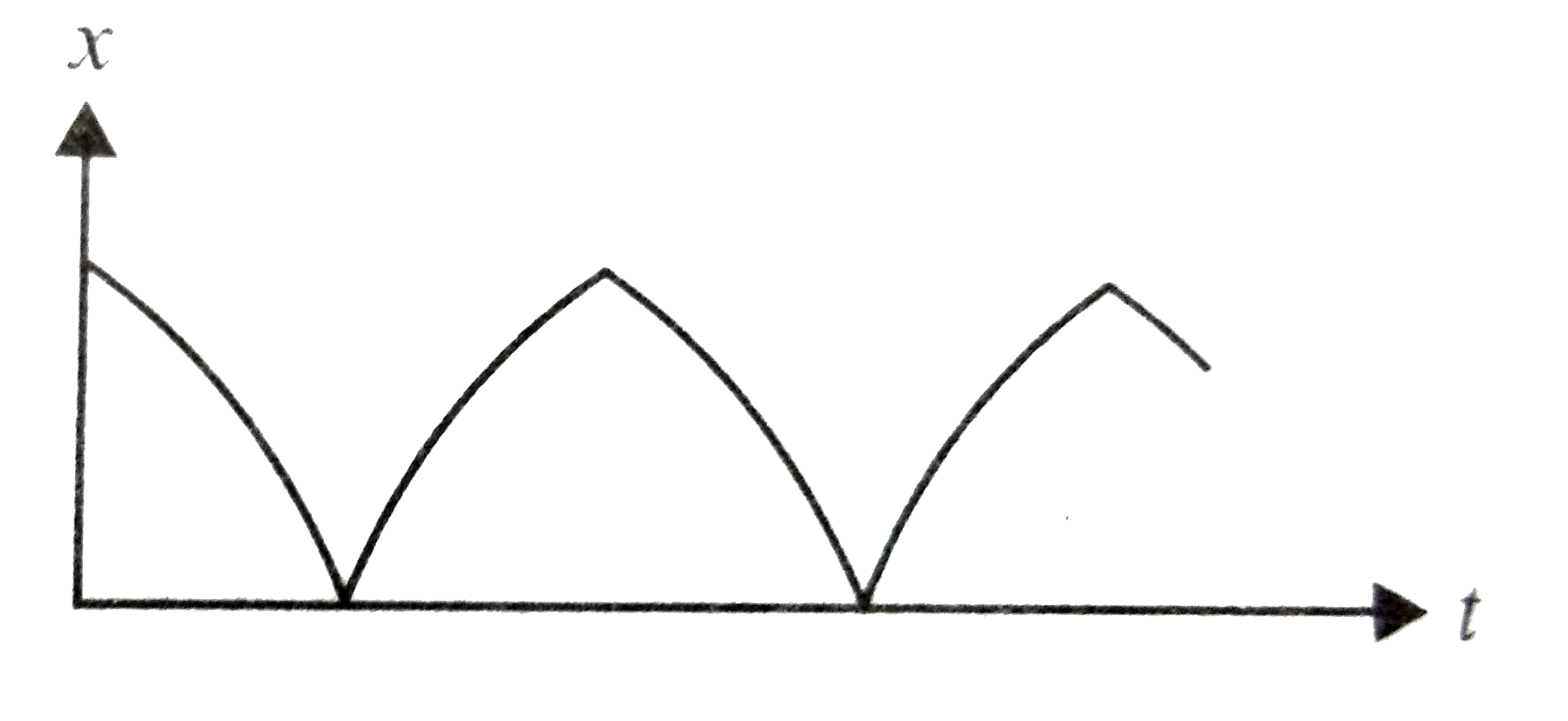
Which of the following curves does not represent motion in one dimensions?
A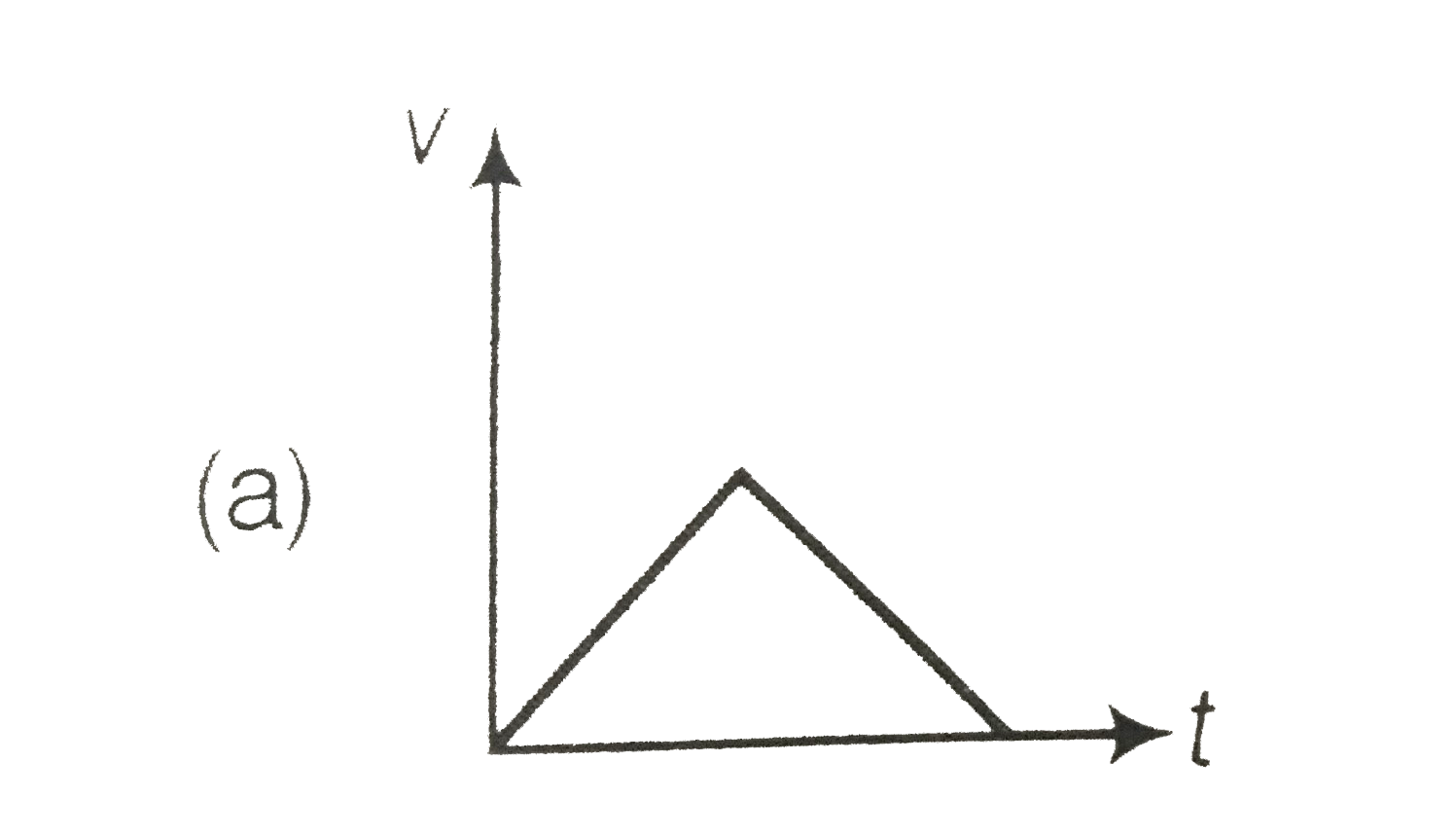 B
B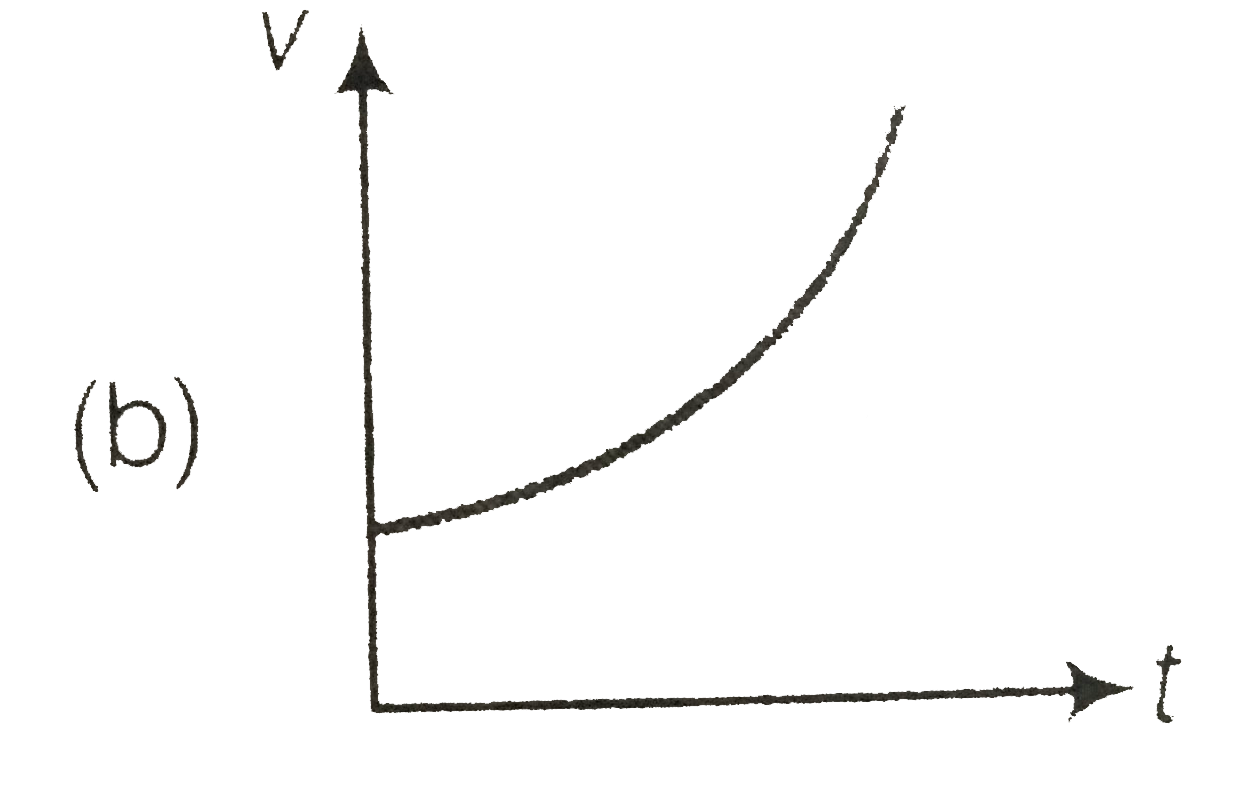 C
C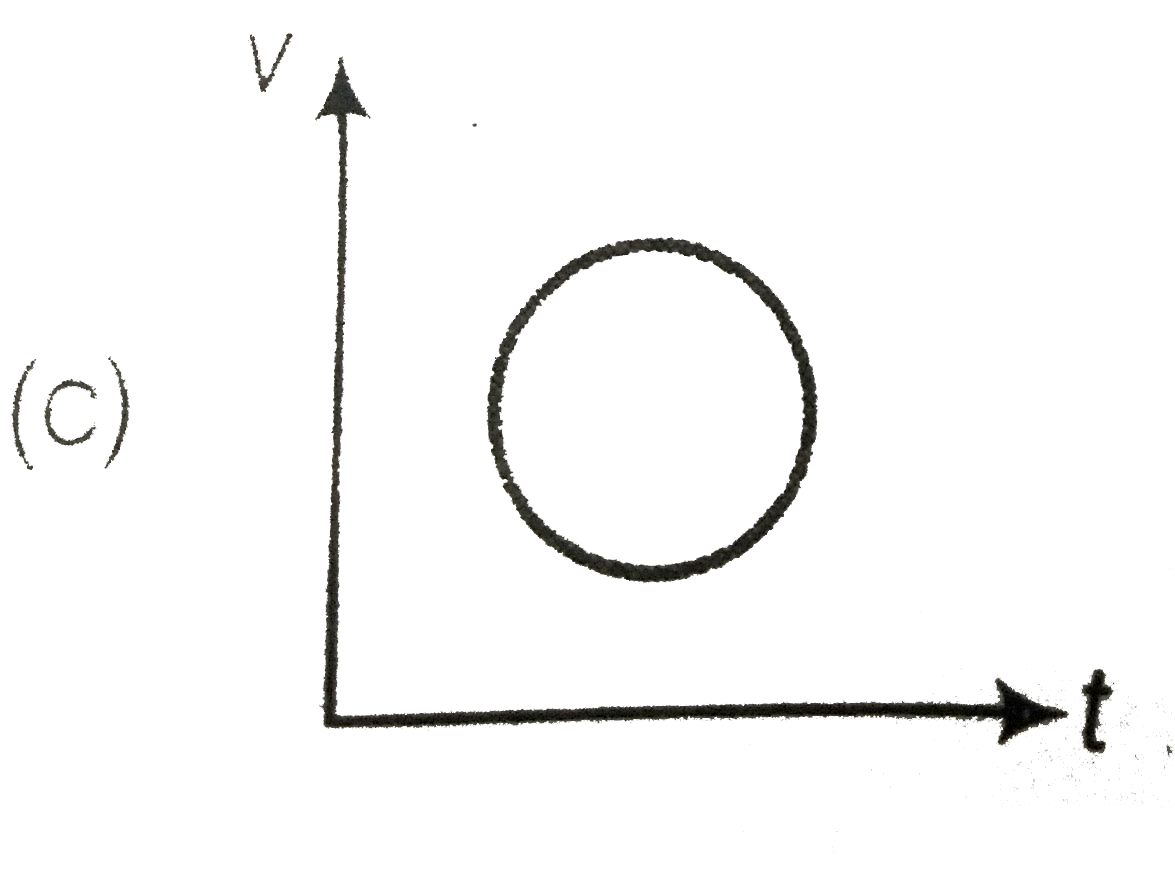 D
D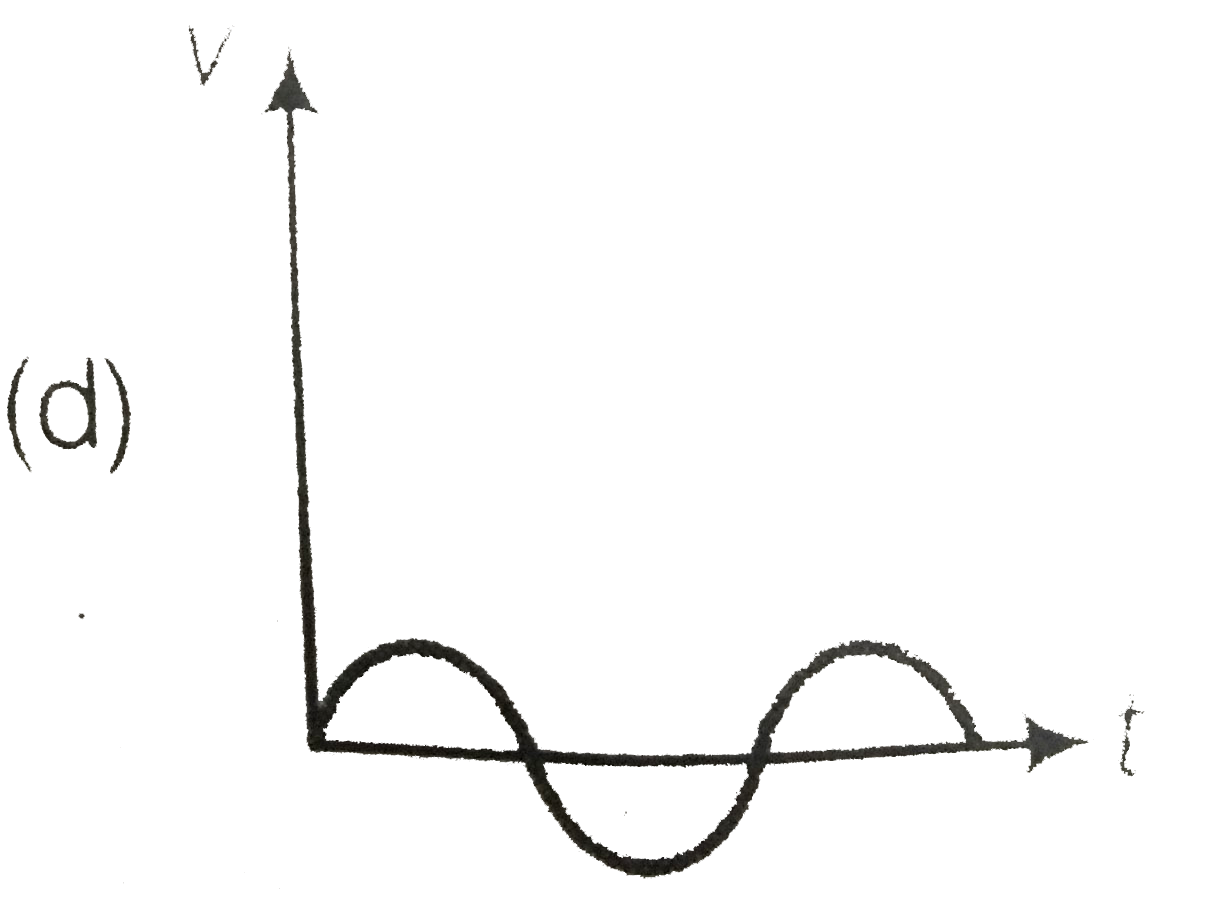
Which of the following pairs of graphs does not represent the motion of he same particle in the same interval (curves are parabollic):−
View SolutionWhich of the following graphs best represents the motion of a raindrop?
View SolutionWhich of the following velocity-time graphs shows a realistic situation for a body in motion ?
View SolutionWhich of the following velocity-time graphs shows a realistic situation for a body in motion ?
View SolutionWhich of the following position-time graphs correctly represents two moving objects A and B with zero relative velocity ?
View Solution
